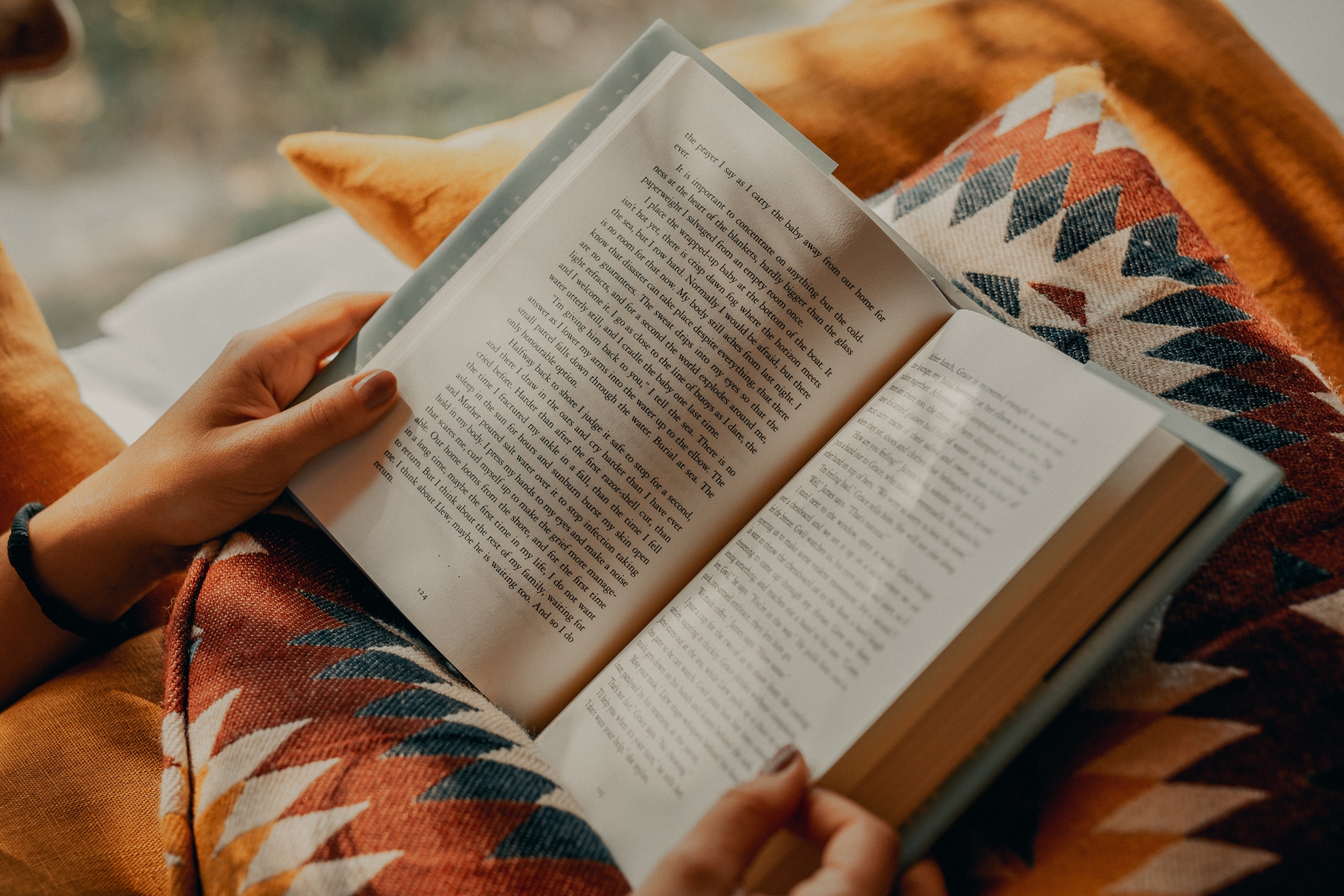by Leah S
Public Health, Humanities and Magical Realism came into the published world on July 29, 2022. An essential read for any public health researcher, it sets out to challenge traditional research methodologies and its definitions of “evidence” using magical realism as a vessel to ask necessary questions. The day it was available online, I happily congratulated Marisa—the author, my old supervisor on the MScR Health Humanities and Arts programme at the University of Edinburgh, and the proud parent of the new piece of work (did that make me the midwife? Maybe I was more like the doula? Or the family member standing on one side of the room yelling out words of encouragement. Or the medical intern just having coffee in the background).
 Marisa had approached me the prior winter to do some editing on the draft version. It was mainly surrounding ensuring references were in order, bibliographies were written correctly, citations were included, footnotes were clear. I was going to be the first one to read it, a responsibility I was especially excited about.
Marisa had approached me the prior winter to do some editing on the draft version. It was mainly surrounding ensuring references were in order, bibliographies were written correctly, citations were included, footnotes were clear. I was going to be the first one to read it, a responsibility I was especially excited about.
My experience reading the book actually came in three parts—because I read it three times, each time for a different reason.
*****
Reading 1: For the Job
The first time I read the draft, I read the actual text absentmindedly. I was a person on a mission: get the task done. Instead of reading to absorb the content, I would scroll down directly to the reference sections for clean-up, suggesting formatting edits here and there, drafting abstracts. My goal was to show results. To do the job I was getting paid for in the timeframe that was specified.
By the time the first video-call check-in came around, I had finished a good chunk of the tasks. Marisa asked what I thought, and I went into a bullet-point planned-out review of the work I had done so far, the parts I may need more information from her on (“There’s a reference on page 5 that I’m struggling to find the original paper”), the plans for next steps.
“Thank you so much—that’s wonderful! But what did you think of the story? The characters?”
I paused.
In truth, I was so focused on the job I was given, that I paid little attention to the actual story. Later on, after Reading 3, I realized this initial handling of things was ironically the perfect illustration of one of the points the book is trying to make—to pay attention to stories.
*****
Reading 2: For the Content
After that check-in call, I sat down again for read-over number 2, this time solely for the content. Quickly, I was absorbed by the two main characters, who were the Narrator, and a girl named Sara. Instantly, I was drawn to the former—the Narrator, like me, didn’t seem to have a clue what was going on.
Sara: “Do you ever see yourself with a bump, swollen and miserable? With a bump, swollen and happy as you rub your unborn child with your nurturing palm?” Her childlike hand circled her concave stomach.
Narrator: “Pardon?”
Me: What?
Then, later on:
Sara: “Don’t panic,” she whispered. “This bit isn’t real.”
Narrator: “Pardon?”
Me: Huh?
The Narrator though—unlike me—was totally at ease with the surrealism, completely accepting of Sara’s reality, not questioning it but embracing it. As the chapters went on, and the plot was getting more and more intense (no spoilers), I found myself thinking that maybe the nameless Narrator was supposed to represent the readers— the majority of whom would be public health researchers, and I was reading it through that lens. Were we all the Narrator? All trained in traditional research methods and discovering, bit by bit, the limitations within that? All trying to vouch for alternative ways of knowing?
the majority of whom would be public health researchers, and I was reading it through that lens. Were we all the Narrator? All trained in traditional research methods and discovering, bit by bit, the limitations within that? All trying to vouch for alternative ways of knowing?
I felt a little like Alice in Wonderland—fascinated by the world the book was building and trying to find my footing. Throughout it all, scattered throughout the chapters, were sections of Interludes, which provided a welcomed comfort zone for me as Marisa’s voice took over the pages. In an almost train-of-thought style, she walked through her thinking, making links, expanding on aspects that may have been missed. Even then, it was a whimsical space—the Interludes included imaginary talks with other authors, snippets of music and songs, links to art and humanities creators – all putting these post-qualitative methodologies to work by doing rather than telling.
Upon finishing the second reading, I sat in an inquisitive silence, absorbing everything that I had just read.
*****
Reading 3: For the Enjoyment
Reading for the joy of it was something that, for me, always had to take a backseat when it came to academia. There was more often than not a set purpose to the reading within the field—note-takings of a peer-reviewed journal article before the next class, critiquing an academic paper for a project, searching for “gaps in the literature” while carrying out a literature reviews—the list went on and on. Regardless of how interesting the content was, there was an end product required of those readings, leaving little room for enjoyment. I re-approached the draft one final time before Marisa submitted it to the publishers. This time, it was purely for the fun of it.
Reading 3, for me, was like when you get off a rollercoaster. The dust had settled, time had passed, and with that time came the quiet needed to process everything the book was saying. Sara—who I started out feeling wary of, now felt like a research colleague. Having such a range of public health research issues represented into her character made it seem less scary, more manageable.
Alongside Sara and the Narrator (i.e.—me? Us?), questions on public health evidence, ethics, power, privilege, were delved into, explored. The book felt like a fairy-tale for researchers, a storybook for academics. It used characters and situations to portray lessons and point out follies, utilizing magical realism to counter the one-truth-paradigm that commonly takes centre-stage in the research world. Finishing that final reading solidified, not only my belief of how much of a breath of fresh air this book was going to be for anyone who opened it, but also the truth of the following statement taken straight from the chapter:
“Imagine public health is on the cusp of a paradigm shift and about to take the words of Pablo Picasso quite literally: “everything you can imagine is real””.
****





